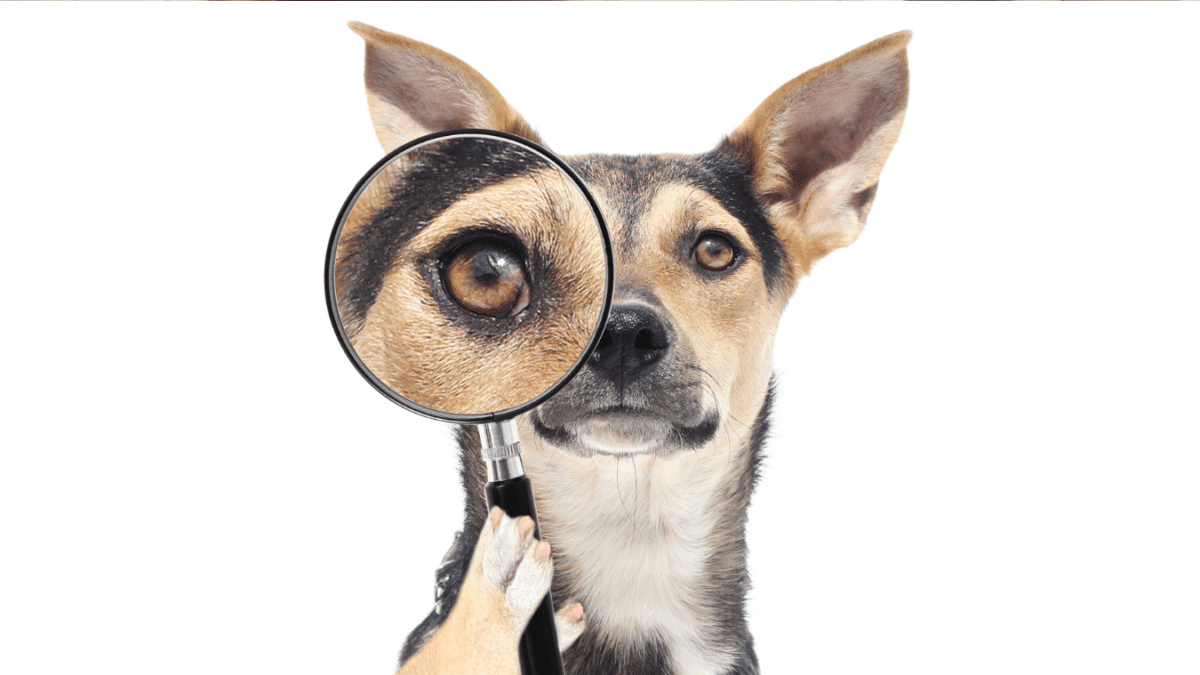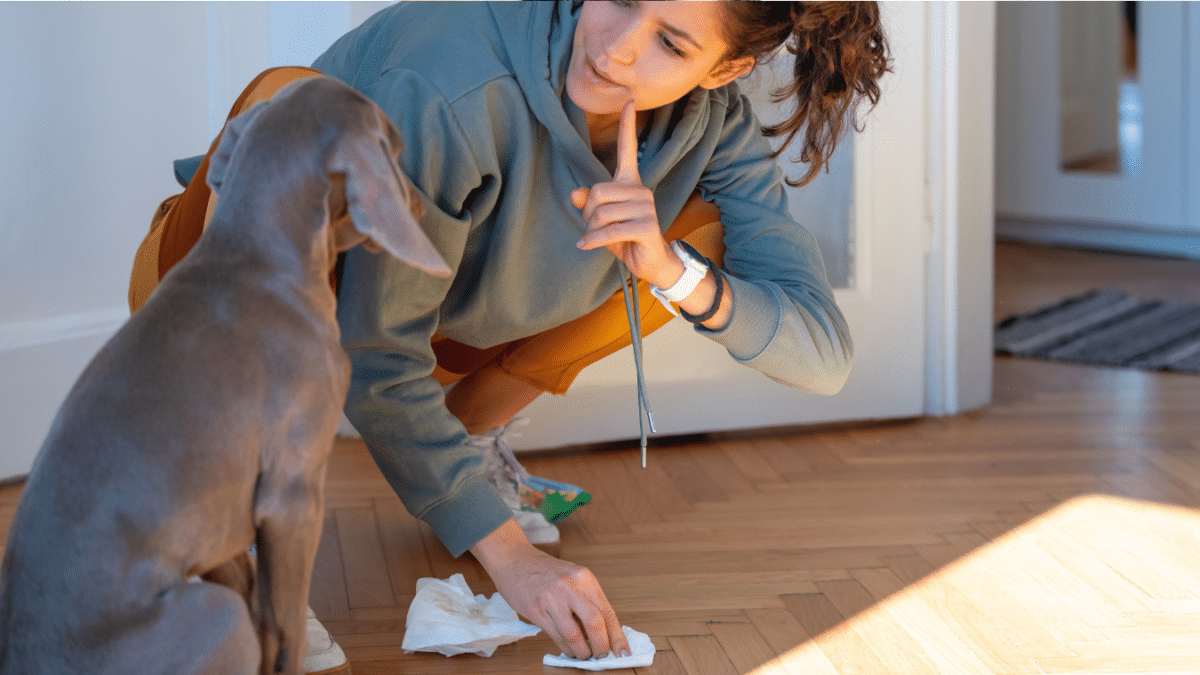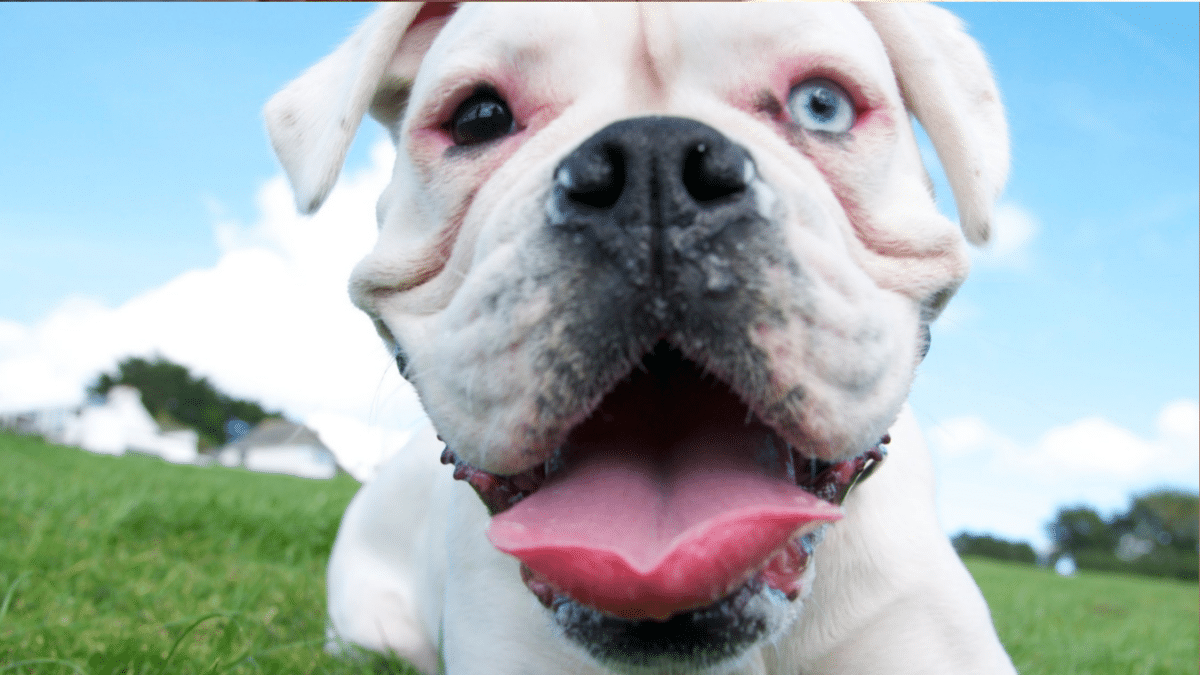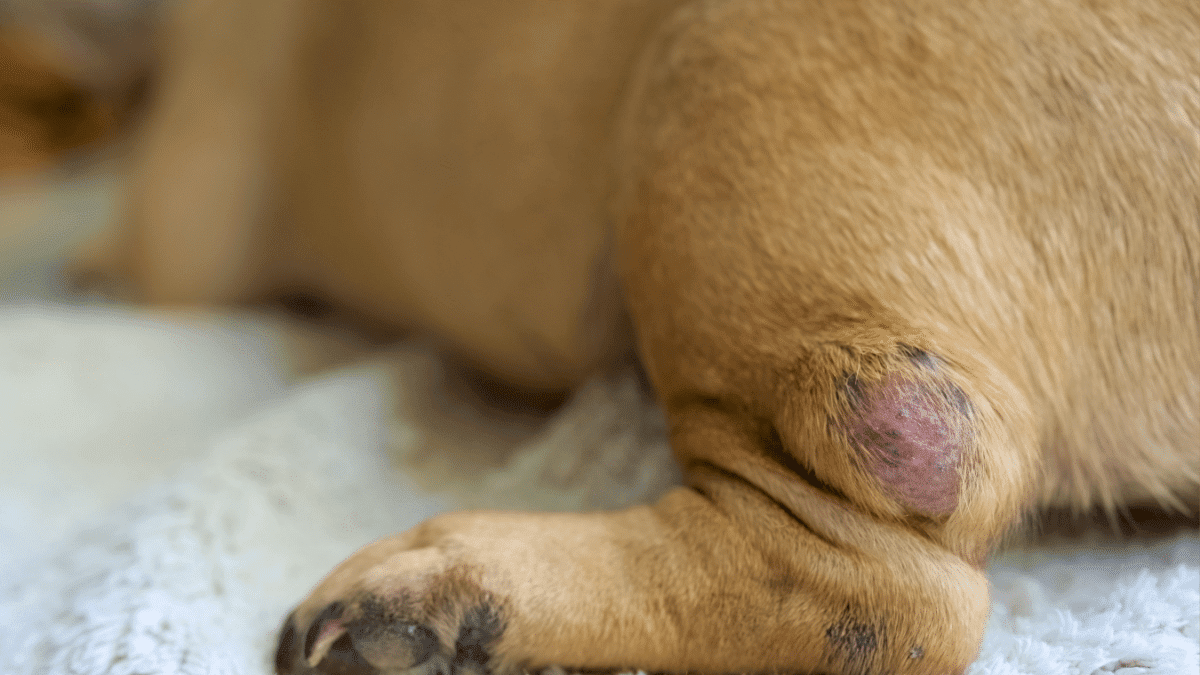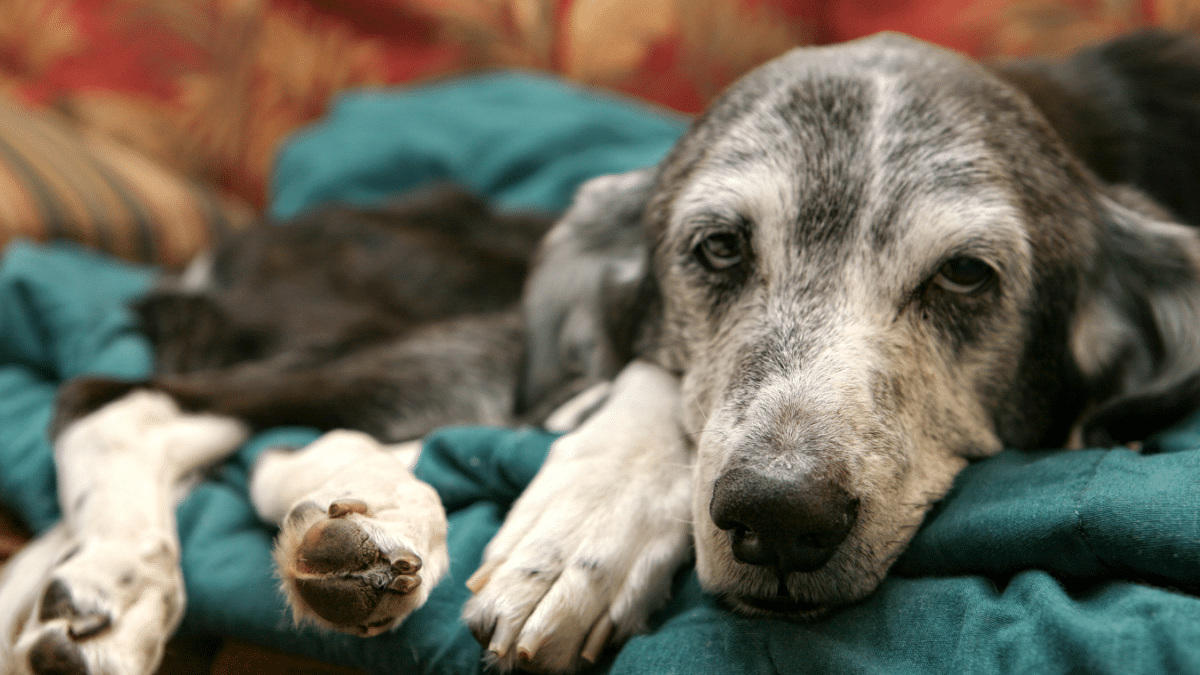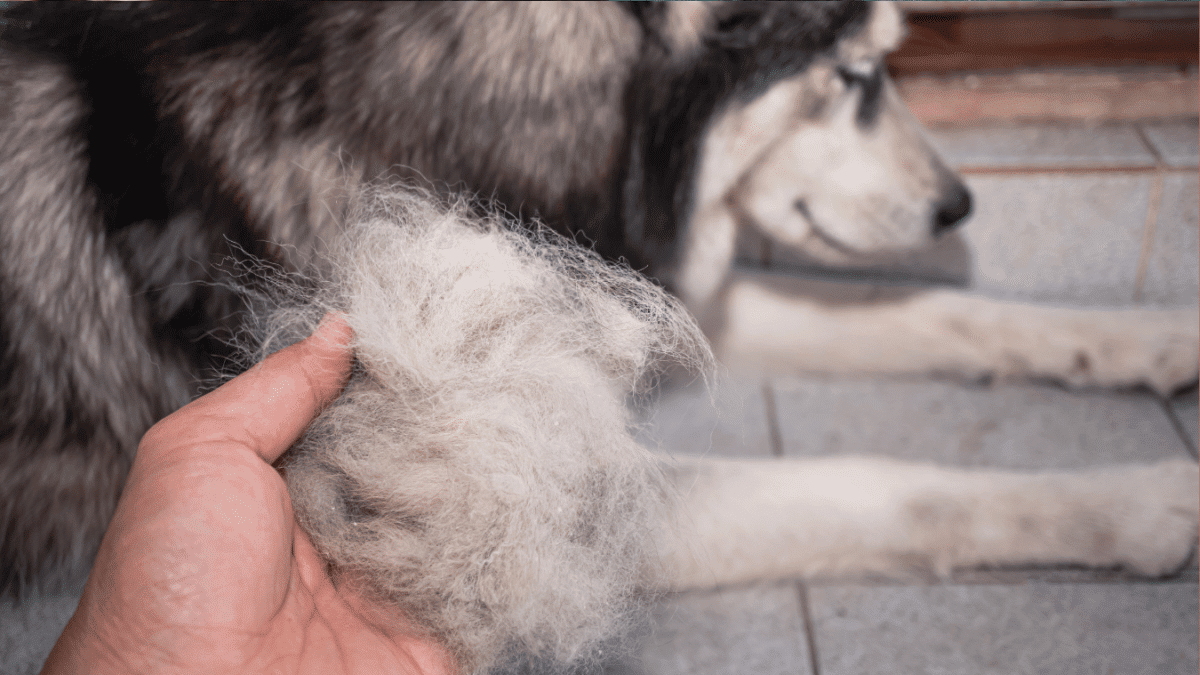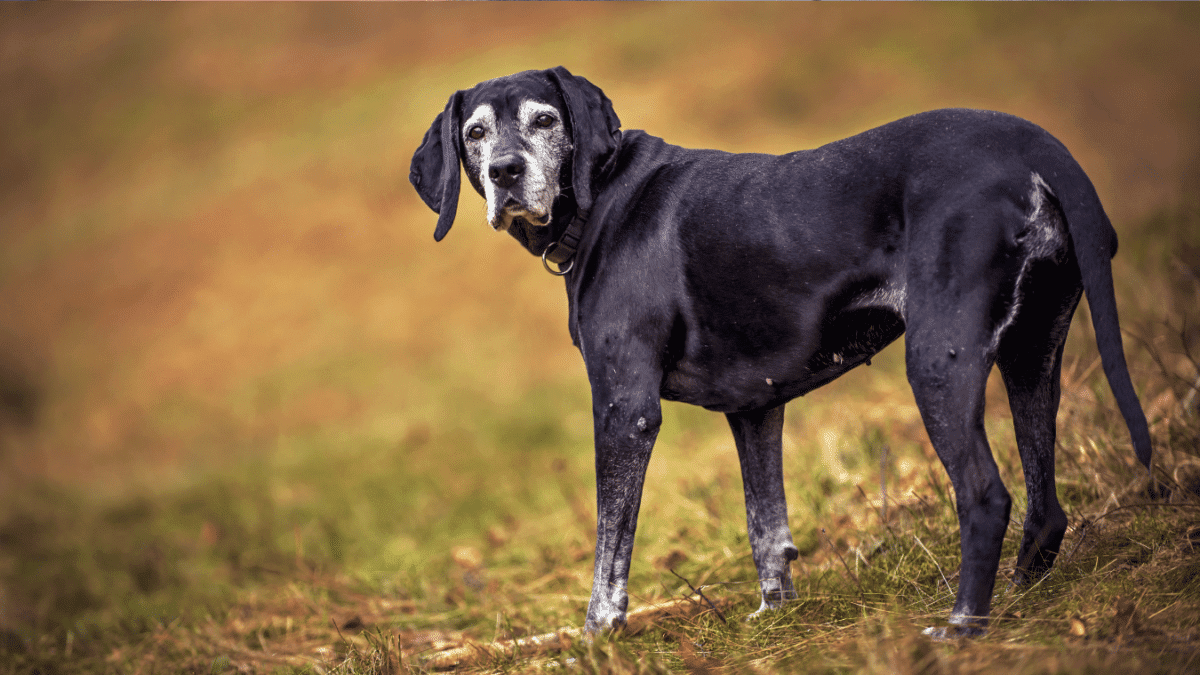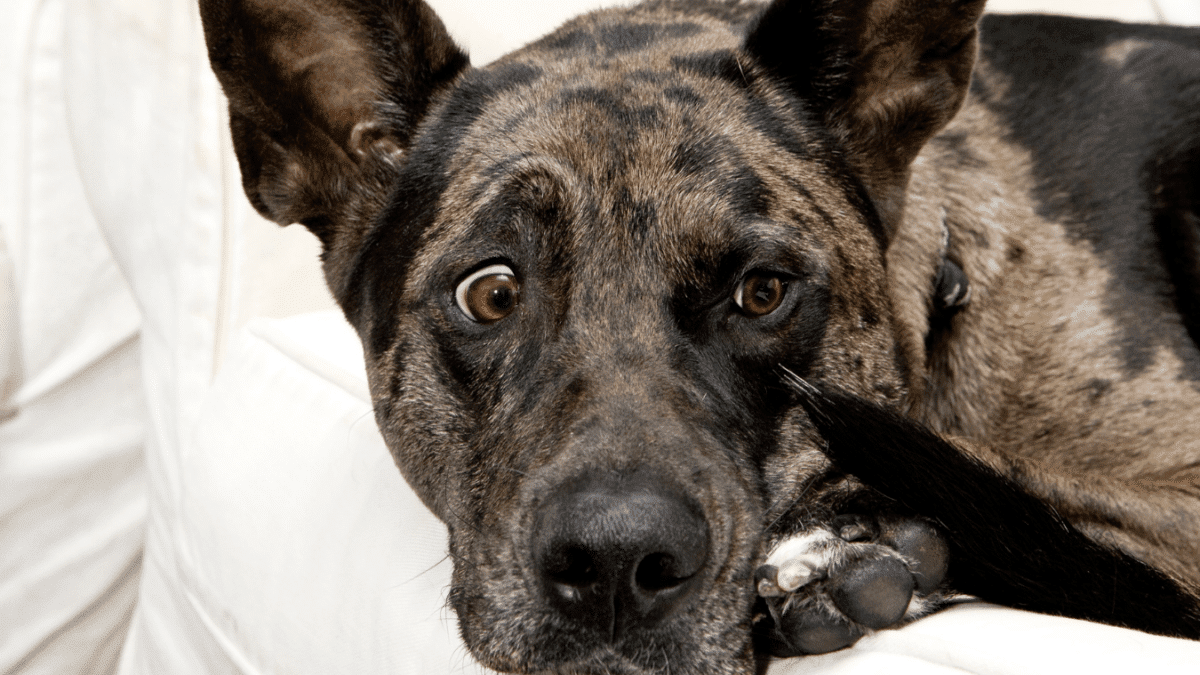Having a loved one or a dog pass away is one of the hardest moments you deal with during your lifetime. We all know death is imminent, and we like to pretend it won’t ever happen and our dogs will live forever. Let’s aim for that goal with two posts. This first slideshow will give you awareness of the signs before it’s too late. Be on the lookout for another one of our slideshows that will provide tips on increasing your dog’s health and fountain of youth, so be sure to follow Dog Club to get notified.
10. Changes in Weight
As dogs age, their metabolism slows down which leads to weight gain and a loss in muscle mass. Monitor your dogs weight routinely, it can be difficult to notice changes due to the length of the dog’s hair. When you notice a change in weight, check to make sure you have the correct food type for your dog’s age.
9 Cloudy Eyes / Poor Vision
Older dogs are more likely to have vision problems, like cataracts, which can cause cloudy eyes. If your dog starts bumping into furniture or has trouble locating toys, these could be signs of poor eyesight. Some eye conditions are treatable and supplements can help prevent it from happening too soon, so it’s important to get your dog checked by a vet for a proper diagnosis.
8. Incontinence or Frequent Urination
If your dog has started to have accidents in the house or needs to go out more frequently, it could be a sign of urinary tract infections or kidney disease. While increased urination can be somewhat normal, it’s always a good idea to get a veterinary opinion. There are medications available that can help manage these conditions.
7. Bad Breath
Bad breath in dogs often indicates gum disease, tooth decay, or other oral health issues. Regular dental check-ups are important as your dog gets older, since dental health is closely linked to their overall well-being. A vet may recommend a professional cleaning or dental work to address any issues.
6. Lumps and Bumps
As dogs age, they are more likely to develop lumps and bumps. While many of these, like lipomas, are harmless, it’s really important to have any new growths checked by a vet to rule out cancer. Regularly feeling your dog’s body for unusual lumps can help catch issues early.
5. Change in Attitude
Your once lively dog may start to become slower and may even seem lethargic. They might also exhibit changes in their behavior, such as being less sociable or showing signs of grumpiness. These changes could be due to pain or discomfort from conditions like arthritis, so keeping an eye on their behavior can provide clues to their well-being. Dogs want to make you happy, and they’ll do their best to hide any pain they are in.
4. Poor Coat Condition or Hair Loss
An aging dog might have a dull coat or excessive hair loss. These could be signs of hormonal imbalances or nutritional deficiencies. Regular grooming and a balanced diet rich in nutrients can help maintain a healthy coat and skin. Spend the extra money on a higher quality meal will save you the extra money at the vet, believe me!
3. Slowing Down or Difficulty Moving Around
One of the most noticeable signs that your dog is aging is a slowdown in their physical activities. Your previously little ball of energy may start to take longer to get up, have trouble climbing stairs, or appear hesitant to jump in and out of the car. This is often due to joint pain or arthritis, which is not uncommon in older dogs. If you observe these changes, it’s essential to consult your veterinarian, who may suggest supplements or medications to help with the joint pain. Be patient with them, age happens much faster than humans.
2. Changes in Sleep Patterns
Older dogs tend to sleep more and may find it difficult to stay awake as long as they did in their younger days. Ensure their sleeping area is comfortable, warm, and free from cold wind. Adding extra padding and a cozy blanket can make their resting place more inviting so they’ll have some extra energy when they wake up and move around.
1. Cognitive Changes
As dogs age, they can experience cognitive decline, similar to dementia in humans. It’s called Canine Cognitive Dysfunction Syndrome (CCDS) include disorientation, increased anxiety, and changes in interaction with family members. Puzzles and mental games can help keep their minds active, but definitely consult your vet if these symptoms appear early on.


